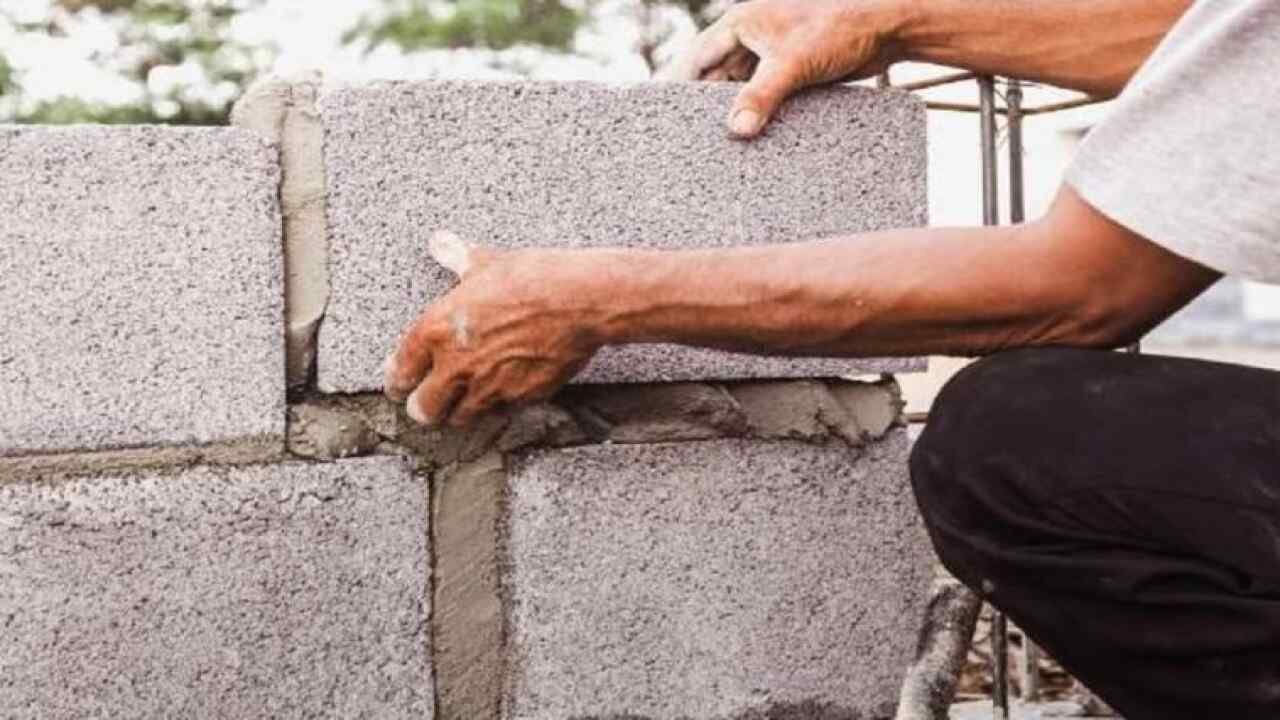Concrete restoration systems and their importance that many people are looking for, so we talk to you about concrete first. It is a construction material that is produced by mixing several materials: natural (such as sand, gravel and water) and synthetic materials (such as cement and additives), it is similar to rocks in terms of pressure, but it does not resist tensile Therefore, reinforcing steel is placed inside (to give it this characteristic and therefore can be used in all installations (exposed to pressure or tensile), and concrete restoration systems and their great importance is the goal of many people. In detail.
Concrete restoration systems and their importance
Concrete structures are restored in the event of defects in the structural elements, which reduces the resistance of these elements to the stresses to which the structure is exposed, and in this case, appropriate treatment is required so as not to return the elements to their original condition.
Restoration is essential in the following cases:
The occurrence of various cracks in the concrete and these cracks can expand and reach the complete collapse of the concrete element.
Rebar rusts.
Unauthorized lead for concrete girders.
The importance of concrete
Concrete is one of the most widely used building materials for the following reasons:
Availability of materials needed for its manufacture (gravel, sand, cement and water).
Low cost and maintenance.
It has a high loading capacity.
It has a long life if it is manufactured correctly and is not exposed to factors that harm it.
concrete components
Concrete consists of:
1. Small aggregate (sand)
Its granules should be varied in size and coarse without fine, clay or organic materials, and their composition should be without salts.
2. Aggregate (gravel)
It must meet the same specifications as small aggregates in terms of gradient in grain size and free of kernels and salts.
3. Cement
It is a substance that is manufactured in factories based on lime and clay materials that are crushed and mixed together and then exposed in the kilns of cement factories at a high temperature for a specified period of time, which results in a substance called (clinker), which is then ground (clinker) with a very high degree of fineness, and is added The mechanism is gypsum and some other materials, and the second is to give it specific specifications and then pack it in bags.
4. Water
It is taken into account not to use water that contains a large proportion of salts, whether in the concrete mix or in its treatment as well, because the salts lead to concrete damage, so it is recommended to use drinking water.
5. Reinforcing tape
Reinforcing bars are only used in reinforced concrete, not in ordinary concrete. Reinforcing bars are divided into: ordinary soft iron, high strength iron.
6. Additives for reinforced concrete
They are chemicals that are added to concrete either during mixing or treatment after it has hardened to give it certain properties.
Conditions to consider when using add-ons:
The percentage of additives used in the mixture should not exceed the percentage specified by the factory so as not to affect the durability of concrete.
There must be a proportionality between the cost of using the additional units and the benefit that will result.


Share
- Comments